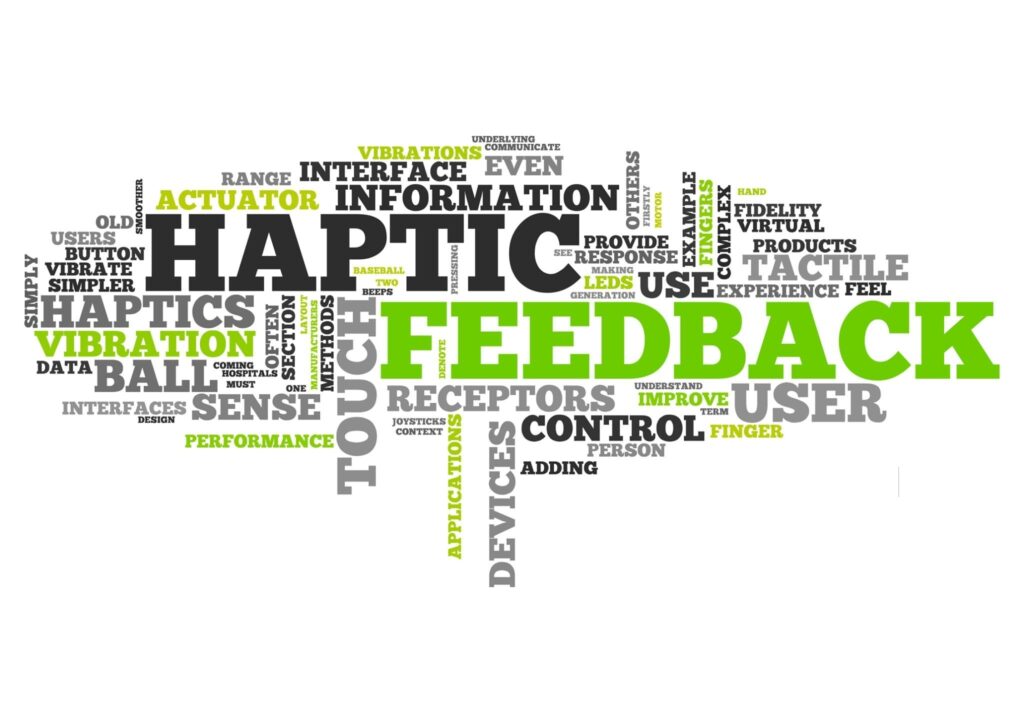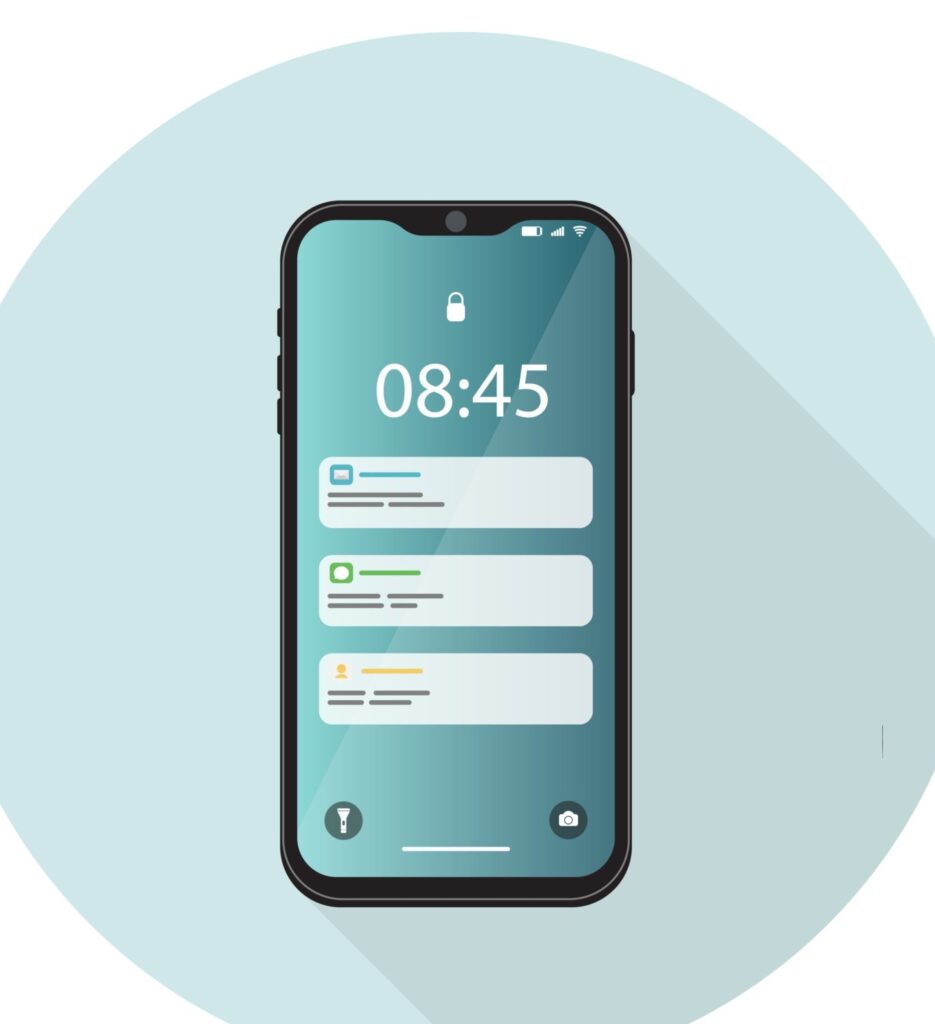Artificial Intelligence in healthcare is very important. It’s changing how we take care of patients and make decisions.
Data Collection and Management for Artificial Intelligence in Healthcare

Before we can use Artificial Intelligence, we need to collect and manage healthcare data really well. That’s super important to make sure Artificial Intelligence works the right way.
Electronic health records (EHRs) are like digital folders where all sorts of info about patients are kept. They’ve replaced paper records and made it easier for doctors to keep track of things like medical history, lab results, and scans.
Artificial Intelligence in healthcare needs good healthcare data to work with. It uses smart math and computer tricks to look at lots of healthcare data, find patterns, and predict what might happen next.
But for Artificial Intelligence to do its job right, the healthcare data it’s looking at needs to be top-notch.
One challenge with healthcare data is making sure different types of data can work together. Healthcare data is often kept in different places, like hospital computers and lab systems. Getting all that healthcare data to work together isn’t easy.
That’s where healthcare data rules and sharing ways come in handy, so everyone’s healthcare data can be put together for Artificial Intelligence to use.
And then there’s the issue of keeping all that healthcare data safe and private. Data is super sensitive because it’s all about people’s health. Laws like HIPAA make sure that healthcare data stays private and that only the right people can see it.
When using Artificial Intelligence in healthcare, it’s super important to keep healthcare data safe from hackers and other bad people who might want to see it.
Another good thing happening in healthcare is all the gadgets people can use to keep track of their health. Wearable devices, like smartwatches and fitness trackers, can tell you things like your heart rate and how many steps you’ve taken.
All that info, called patient-generated health data (PGHD), can be really useful for Artificial Intelligence systems to see what’s going on with patients when they’re not at the doctor’s office.
But even with all the nice things Artificial Intelligence can do in healthcare, there are still some big problems to solve when it comes to healthcare data.
Sometimes healthcare data is missing or has mistakes in it, which can mess up what Artificial Intelligence thinks it knows. Making sure healthcare data is accurate and complete is super important for making sure Artificial Intelligence gets things right.
Also, there’s the issue of dealing with really big piles of data. Healthcare data is growing all the time, and it’s getting harder and harder to store and process it all.
That’s where things like cloud computing and big data come in handy. They help healthcare organizations handle huge amounts of healthcare data and do all the number-crunching needed to make Artificial Intelligence work.
Gathering and handling healthcare data is the first step in bringing Artificial Intelligence into healthcare.
Making sure different types of healthcare data can work together, following the rules to keep data safe and private, and dealing with data problems are all really important.
By getting healthcare data right, healthcare organizations can make the most of what Artificial Intelligence has to offer and give patients the best care possible.
See Also: Android App Development: 10 Steps To Create a User Friendly Android App
Adhering to Rules In Bringing Artificial Intelligence into Healthcare

Artificial Intelligence is making significant changes in healthcare. It’s helping doctors treat patients better and make better decisions.
But before we can use Artificial Intelligence, we have to follow lots of rules and think about what’s right. This is really important to make sure that Artificial Intelligence helps people in the best way possible.
Following the Rules
When we use artificial intelligence in healthcare, we have to follow lots of rules. One big rule in the United States is called HIPAA (Health Insurance Portability and Accountability Act). It’s all about keeping people’s health information private and safe.
If we don’t follow HIPAA, there can be serious consequences. We have to make sure that Artificial Intelligence systems in healthcare follow HIPAA so that people’s health information stays private.
In Europe, there’s another set of rules called GDPR (General Data Protection Regulation). These rules are all about how we use personal data, including healthcare data.
GDPR says that we have to ask people for permission before using their data, and they have the right to know what we’re doing with it. Following GDPR is really important for healthcare organizations in Europe or dealing with European data.
Thinking about What’s Right
Besides following rules, we also have to think about what’s right when we use Artificial Intelligence in healthcare.
This means thinking about things like being honest, treating everyone fairly, and making sure that Artificial Intelligence is doing what it’s supposed to do.
Being Honest:
When we use Artificial Intelligence in healthcare, we have to be honest about how it works and what it’s doing. This is called transparency.
If people don’t know how Artificial Intelligence works, they might not trust it. Being honest about Artificial Intelligence helps people trust it more.
Treating Everyone Fairly:
Artificial Intelligence should treat everyone the same, no matter who they are. But sometimes, Artificial Intelligence can make mistakes and treat people unfairly.
We have to try to fix these mistakes and make sure that Artificial Intelligence is fair to everyone.
Taking Responsibility:
If something goes wrong with Artificial Intelligence, someone has to take responsibility for it. This is called accountability.
Having clear rules about who’s responsible for Artificial Intelligence helps us fix problems and make things right when they go wrong.
Stopping Bias:
Sometimes Artificial Intelligence can make mistakes because it has wrong ideas about certain groups of people. This is called bias.
We have to try to stop bias in Artificial Intelligence by checking for mistakes and making sure that Artificial Intelligence is fair to everyone.
One example of Artificial Intelligence in healthcare is IBM Watson for cancer treatment. This Artificial Intelligence system helps doctors choose the best treatment for cancer patients by looking at lots of medical information.
But some people worry that Watson might not be honest or fair. They’re concerned that it might not give the right treatment recommendations.
Even though Watson can help with cancer treatment, we have to be careful and make sure it follows the rules and does what’s right.
Adhering to rules and doing what’s right are really important when using Artificial Intelligence in healthcare.
We have to follow rules like HIPAA and GDPR to keep people’s health information safe. We also have to think about being honest, treating everyone fairly, taking responsibility, and stopping bias.
By adhering to rules and doing what’s right, we can make sure that Artificial Intelligence helps people in the best way possible in healthcare.
See Also: Effective Ways To Modify Your Laptop Backlight 2024
Clinical Use Cases and Challenges of Bringing Artificial Intelligence into Healthcare
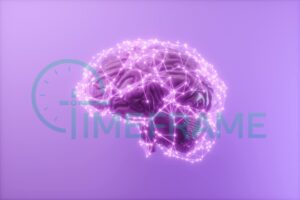
Artificial intelligence (AI) is changing healthcare. It’s helping doctors in many ways, but there are also some problems to solve when using it.
Let’s go through how AI is used in healthcare and what challenges we face in making it work.
Benefits of AI in Healthcare
1. Helping Doctors Diagnose: AI can look at medical images like X-rays and MRI scans to help doctors find problems faster and more accurately. This means patients can get the right treatment sooner.
2. Predicting Future Health Issues: AI can use information about patients to guess what might happen to them in the future. This can help doctors plan treatments and take action early to prevent health problems.
3. Finding New Medicines: AI can help scientists find new medicines faster by looking at lots of data and figuring out which ones might work best. This could mean new treatments for diseases are discovered more quickly.
4. Monitoring Patients from Afar: AI can help doctors keep an eye on patients without them having to come to the hospital. Devices with AI can track things like heart rate and activity levels and tell doctors if something isn’t right. This can be especially helpful for people with long-term health problems.
5. Personalizing Treatments: AI can help doctors give treatments that are tailored to each patient’s needs. By looking at things like genes and other medical information, AI can suggest treatments that might work better for certain people.
Challenges of Using AI in Healthcare
1. Making Sure Data is Good: To use AI effectively, we need lots of good data. But sometimes, the data we have isn’t very good.
It might be missing important information or have mistakes in it. Making sure we have good data is really important for AI to work well.
2. Following the Rules: When we use AI in healthcare, we have to follow lots of rules about privacy and safety.
These rules are there to protect patients’ information and make sure AI is used safely. Following these rules can be tricky, but it’s really important.
3. Thinking About What’s Right: Besides following rules, we also have to think about what’s right when using AI in healthcare.
This means being honest, treating everyone fairly, and making sure AI is doing what it’s supposed to do.
4. Making Sure AI Works: Before we can use AI in healthcare, we have to make sure it actually works. This means testing it in real-life situations to see if it helps patients and doctors. If AI doesn’t work well, it could cause more harm than good.
5. Teaching People How to Use AI: Using AI in healthcare means doctors and other healthcare workers need to learn new skills.
They have to know how to use AI tools and understand how they can help patients. Teaching people how to use AI is important for it to be used effectively.
Artificial intelligence has the potential to transform healthcare and improve patient outcomes.
However, there are challenges to overcome, including ensuring data quality, following regulations, and addressing ethical considerations.
By addressing these challenges and ensuring that AI is used responsibly, we can harness its benefits to enhance healthcare delivery and improve patient care.
See Also: What Is Haptic Feedback And 7 Benefits Of Haptic Feedback
Training and Education for Healthcare Workers in Using Artificial Intelligence
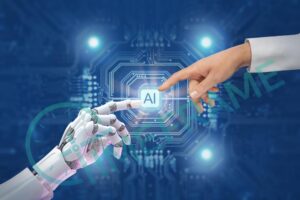
Artificial intelligence (AI) is making a big difference in healthcare. But to use AI well, healthcare workers need to learn about it first.
That’s where training and education come in. Let’s talk about why training and education are important for healthcare workers to use AI.
Why Training and Education Matter
1. Learning About AI: Many healthcare workers don’t know much about AI. Training and education programs help them learn what AI is, how it works, and how it can help in healthcare. This helps healthcare workers understand AI better and use it more effectively.
2. Making Better Decisions: AI can help healthcare workers make better decisions by giving them more information. Training programs teach healthcare workers how to use AI tools to make decisions based on data. This can lead to better patient care and better outcomes.
3. Working Together: Using AI in healthcare requires teamwork. Healthcare workers need to work with other people, like data scientists and engineers, to use AI effectively. Training programs help healthcare workers learn how to work with others and communicate better.
4. Following Rules and Being Ethical:
Healthcare workers need to follow rules and be ethical when using AI. This means protecting patient privacy, keeping data safe, and making sure AI is used responsibly. Training programs teach healthcare workers about these rules and how to follow them.
What Training Programs Cover
1. Basics of AI: Training programs teach healthcare workers the basics of AI, like what it is and how it works. They learn about different types of AI and how they’re used in healthcare.
2. Using AI in Healthcare:
Healthcare workers learn how AI is used in healthcare, like analyzing medical images or predicting patient outcomes. They learn how AI can help them in their work and make healthcare better.
3. Managing Data:
AI needs data to work well. Training programs teach healthcare workers how to collect, analyze, and use data effectively. They learn how to keep data safe and protect patient privacy.
4. Following Rules:
Healthcare workers learn about the rules and regulations that govern AI in healthcare. They learn about things like patient confidentiality and data privacy laws. This helps them use AI responsibly and ethically.
Challenges in Training and Education
1. Not Enough Resources:
Some healthcare organizations don’t have enough money or people to train healthcare workers in AI. This can make it hard for healthcare workers to learn about AI and use it in their work.
2. Technology Changes Fast:
AI technology is always changing and getting better. Training programs need to keep up with these changes so healthcare workers can stay up-to-date.
3. People Don’t Like Change:
Some healthcare workers might not want to use AI because they’re worried it will change their jobs or take over their work. Training programs need to show them that AI can help them do their jobs better, not replace them.
4. Working Together:
Using AI in healthcare requires teamwork. Healthcare workers need to learn how to work with others, like data scientists and engineers. This can be hard if they’re used to working alone.
Training and education are important for healthcare workers to use AI in their work. By learning about AI and how to use it responsibly, healthcare workers can make better decisions, work together better, and improve patient care.
But there are challenges, like not enough resources and people not liking change. By addressing these challenges and investing in training and education, healthcare organizations can make sure that AI helps improve patient care and makes healthcare better for everyone.
Conclusion
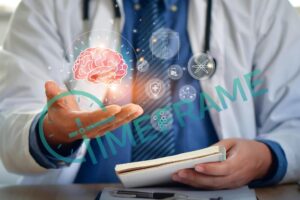
Artificial intelligence in healthcare is changing the way patient care is delivered and medical decisions are made.
From assisting in diagnosis to predicting patient outcomes and personalizing treatments, AI offers immense potential to improve healthcare outcomes and enhance the patient experience.
However, the successful integration of AI into clinical practice requires addressing various challenges, including data quality, regulatory compliance, ethical considerations, and workforce readiness.
Training and education programs play a crucial role in equipping healthcare professionals with the knowledge and skills needed to effectively utilize AI technologies.
By bridging the knowledge gap, promoting interdisciplinary collaboration, and fostering ethical and responsible AI use, training initiatives can empower healthcare professionals to leverage AI effectively in patient care.
Despite challenges such as resource constraints, technology changes, and resistance to change, investing in comprehensive training and education is essential to maximize the benefits of AI in healthcare.
By prioritizing training and education, healthcare organizations can ensure that AI contributes to better patient outcomes, enhances clinical decision-making, and drives innovation in healthcare delivery.
See More: Important And Simple Android Phone Camera Settings 2024
We hope you’ve learned a lot from this article! We’re glad you did. Join our telegram community to learn free tech skills, get up-to-date tech news, educational tech materials, free fintech online classes, that will help you grow and become profitable.


